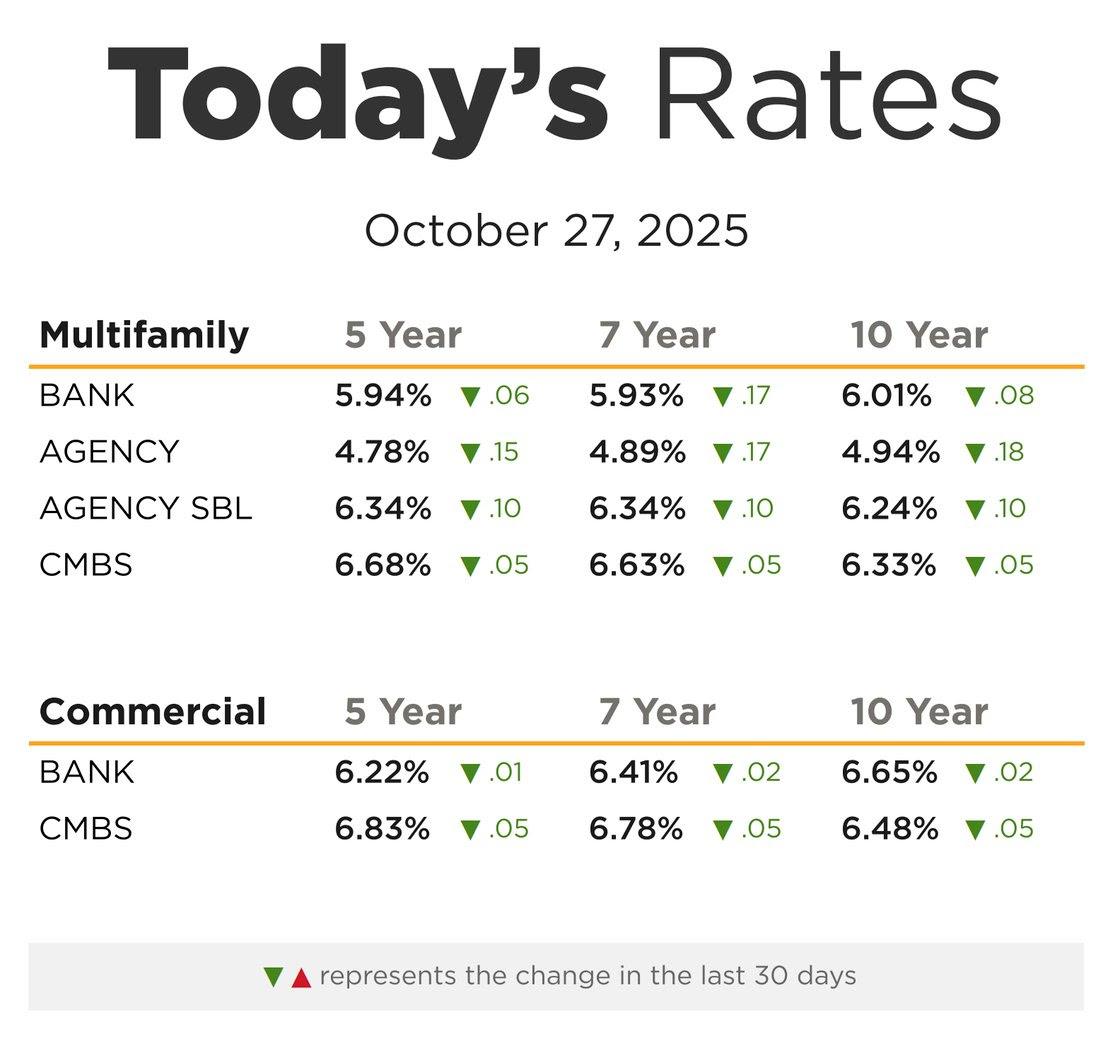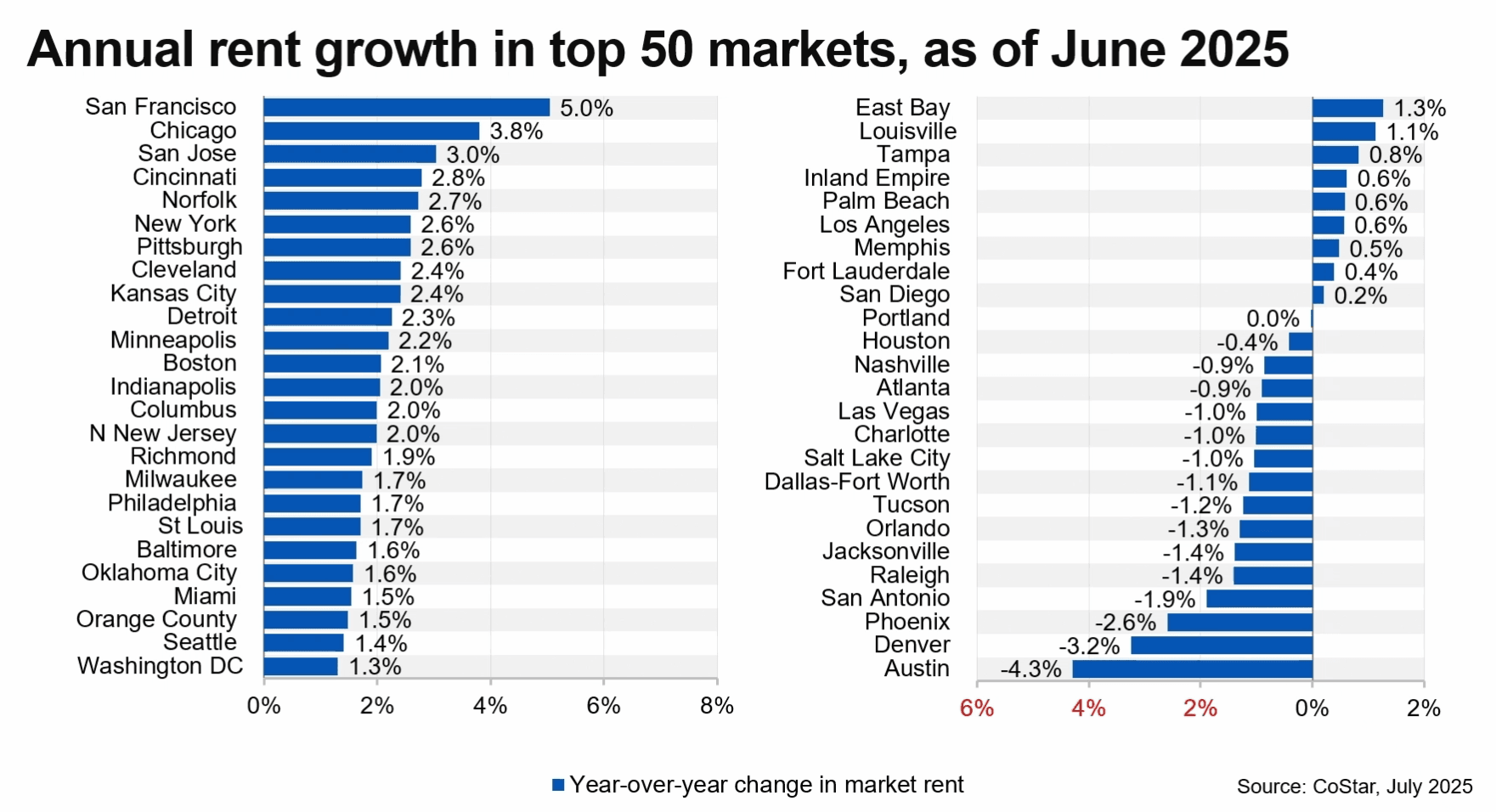The U.S. economy remains in expansion, growing by 2.1 percent in the third quarter as the nation’s economic momentum continues to surmount barriers to growth.
Sponsored by Marcus & Millichap
By John Chang
The U.S. economy remains in expansion, growing by 2.1 percent in the third quarter as the nation’s economic momentum continues to surmount barriers to growth. Ongoing trade negotiations with China and softening global markets have remained restraints on the domestic economy in recent months, weighing on exports and manufacturing. The Fed has aggressively battled these challenges, issuing three 25-basis-point cuts to the overnight rate in less than 100 days; however, balancing these reductions with other economic variables is key. The national unemployment rate remains near a 50-year low at 3.5 percent as companies sustain hiring activity. Consumption also remains robust, delivering a 4.3 percent boost to core retail sales in the third quarter following a dip to the mid-2 percent range earlier this year. An extended cycle of strengthened wages has supported this trend, pushing disposable income to a record high. While the baseline economic forecast still points to modest growth in 2020, a variety of factors including the upcoming election, slowing international economies and the ongoing trade war could dramatically change the growth outlook. Portfolio diversification will be a key defense for investors should one of these factors weigh heavily on domestic growth.
The reevaluation of existing portfolios will be crucial for investors as they recalibrate their investment strategies to help disperse risk and position in the path of growth. With some recession risk indicators already triggered, defensive asset allocations merit consideration using strategies that anchor portfolios with more recession-resistant property types and tenants. Single-tenant net-lease retail assets with high-credit tenants may serve as viable options for many investors due to their steady returns, hands-off management, and overall stability. Retailers in the multi-tenant segment offering consumer staples and low-cost convenience items can also help bolster defensive strategies. Dollar stores, general merchandisers including Walmart, and discount retailers such as T.J. Maxx can provide investors with relative stability should the economy weaken. Healthcare-related commercial real estate in both retail and office space has also proved its sustainability in economic slowdowns.
In addition to diversification across asset types, investing in markets with different economic drivers can also help investors manage portfolio risk. Targeting top-tier assets in the nation’s most prominent cities can provide investors with an additional layer of security if domestic growth continues to soften as these properties generally outperform during moderate downturns. However, expanding search parameters to include a variety of secondary and tertiary metros with more specialized economies can offer economic diversity that reduces downside risk that may affect just a segment of the economy. Though recession risk has moderated in recent months, prudent investors will still hedge their bets should trade negotiations with China falter or other international headwinds materialize; using a diversified strategy could sustain a portfolio. Some form of economic downturn will come at some point, though with the timing and severity remaining unknown, investors should use the available runway to brace their portfolios with a sustainable mix of assets.
John Chang serves as the Senior Vice President and National Director of Research Services for Marcus & Millichap Inc.
Receive Market Insights
Periodic analysis on rents, pricing, cap rates, and transaction activity across Chicago and key suburban markets.



